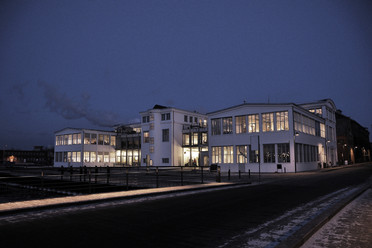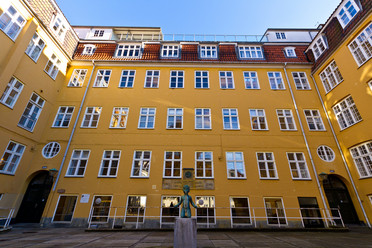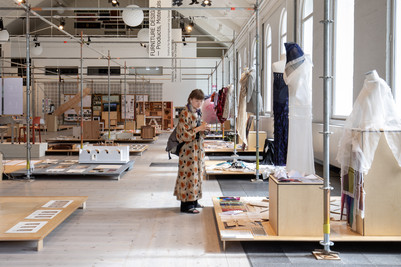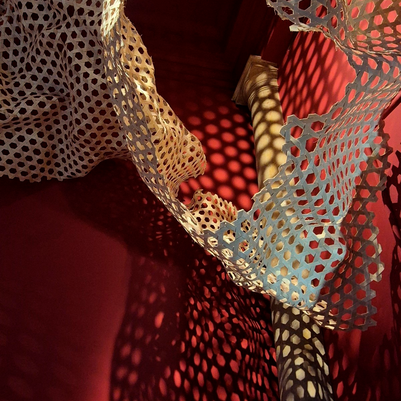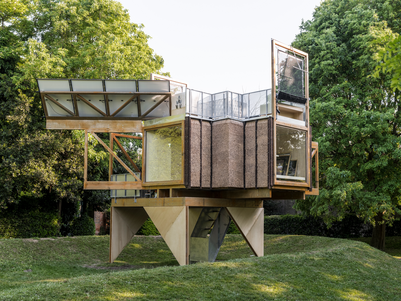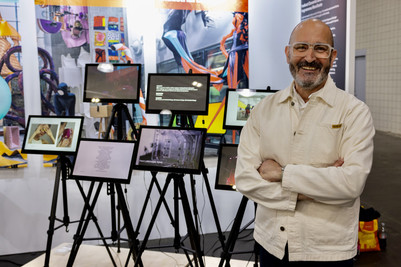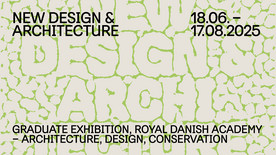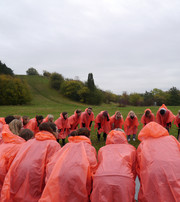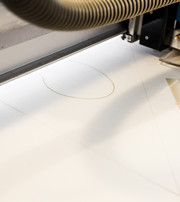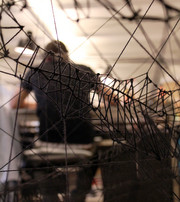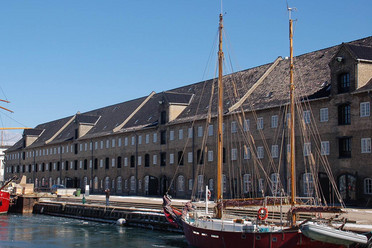
About the Institute
The Institute of Architecture, City and Landscape has a bachelor's programme and two master's programmes at Campus Holmen, as well as a bachelor's program and from 2026 also two master's programmes at the Royal Danish Academy in Kalundborg.
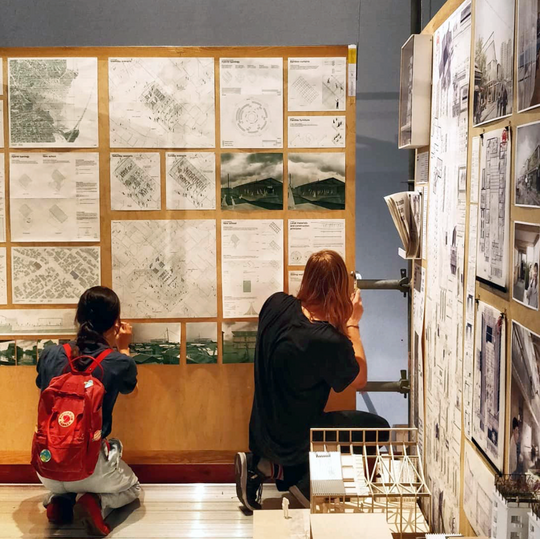
The institute’s academic fields focus on the spatial transformation and development of architecture, cities, and cultural landscapes, both contemporary and historical. We are deeply engaged in how to produce well-informed proposals for buildings, settlements, urban spaces, cities, and landscapes that are guided by relevant research and artistic development work. It is crucial for us to understand and leverage the changing societal conditions in order to realize these ambitions. Therefore, we are also strong analysts and critics who actively participate in public debate.
We see it as a primary task to educate architects whose competencies and knowledge are highly relevant to how societies around the world can understand and address the challenges of globalization. Our aim is to ensure that the ongoing spatial disruptions and transformations contribute to improved quality of life for the many and for all species, as well as to better balance within the challenged biosphere.
Most of the institute’s research and artistic development projects are created in collaboration with external partners: businesses, public authorities, NGOs, and other research and educational institutions in Denmark and internationally. Many collaborations are interdisciplinary, involving fields such as anthropology, sociology, philosophy, health sciences, and data science. In these collaborations, our contribution often takes the form of developing relevant representational formats, which we support through research and artistic development.
The institute’s programs cover a broad range of academic areas, yet the various architectural perspectives and aesthetics all stem from a shared understanding of architecture. This understanding asserts that successful architecture derives its meaning and experiential impact from a close dialogue with its specific surroundings and with the conditions - human, spatial, economic, geological, urban, landscape-related, climatic, political, etc. - that are at play in that particular place.


